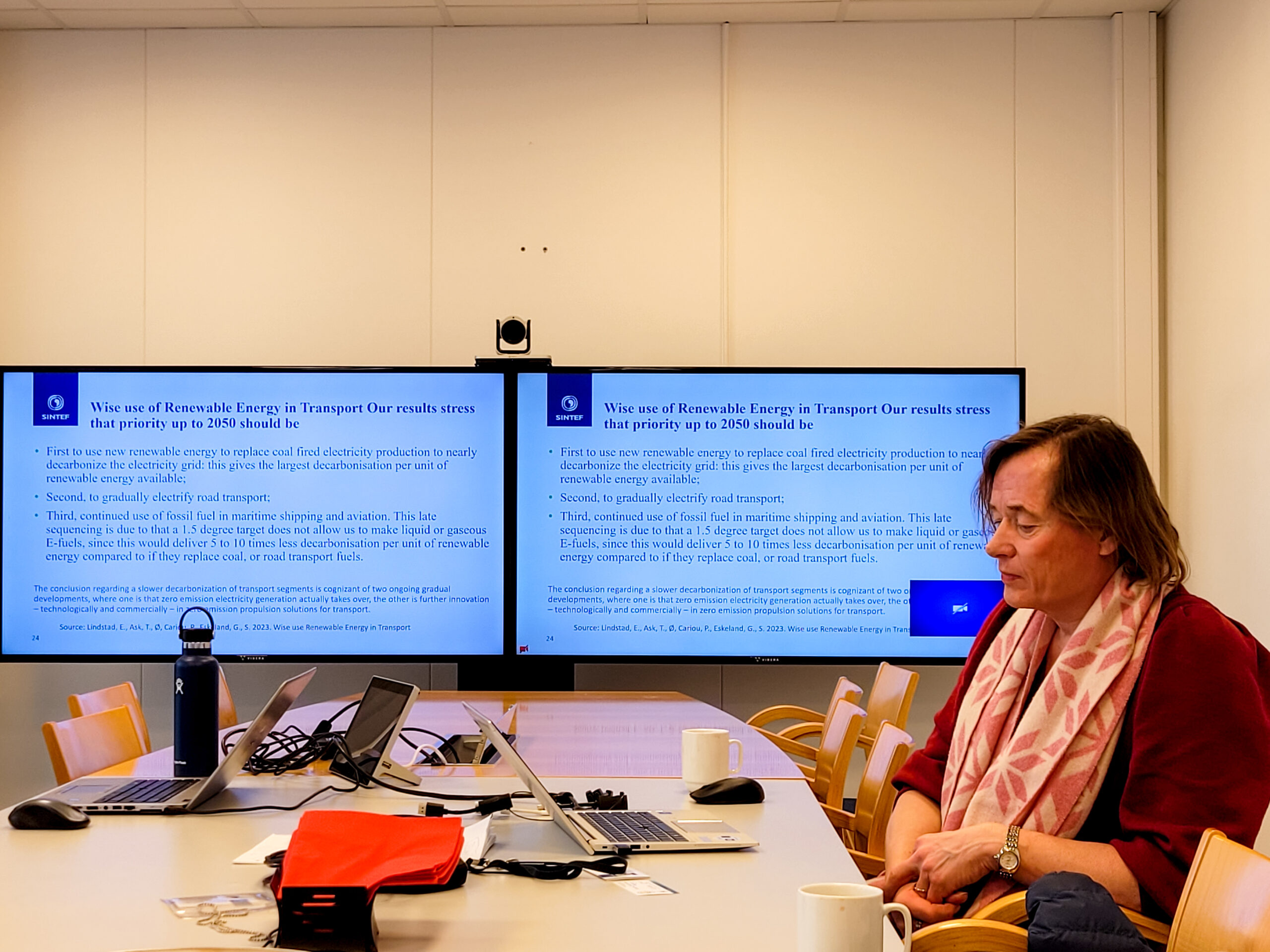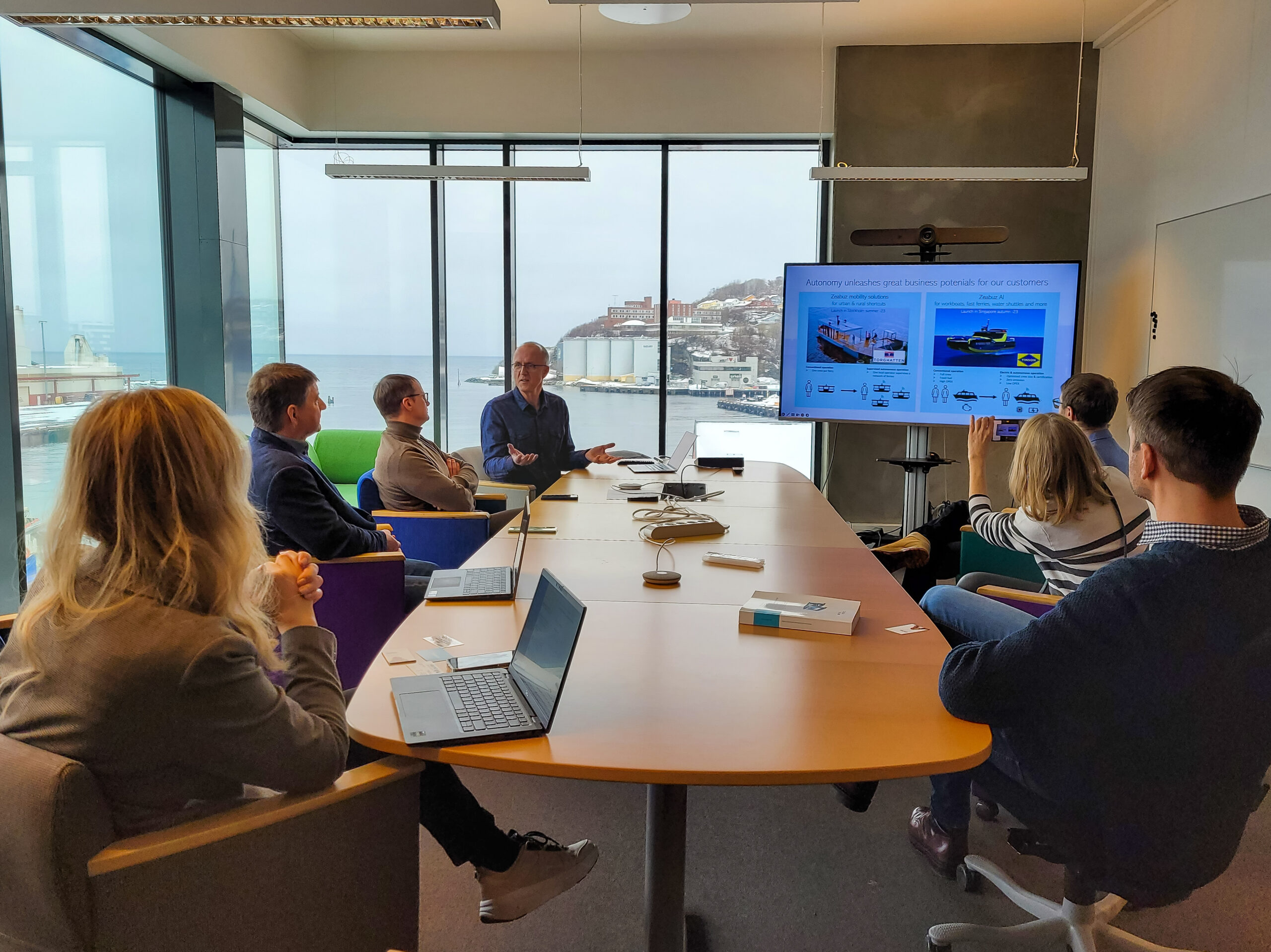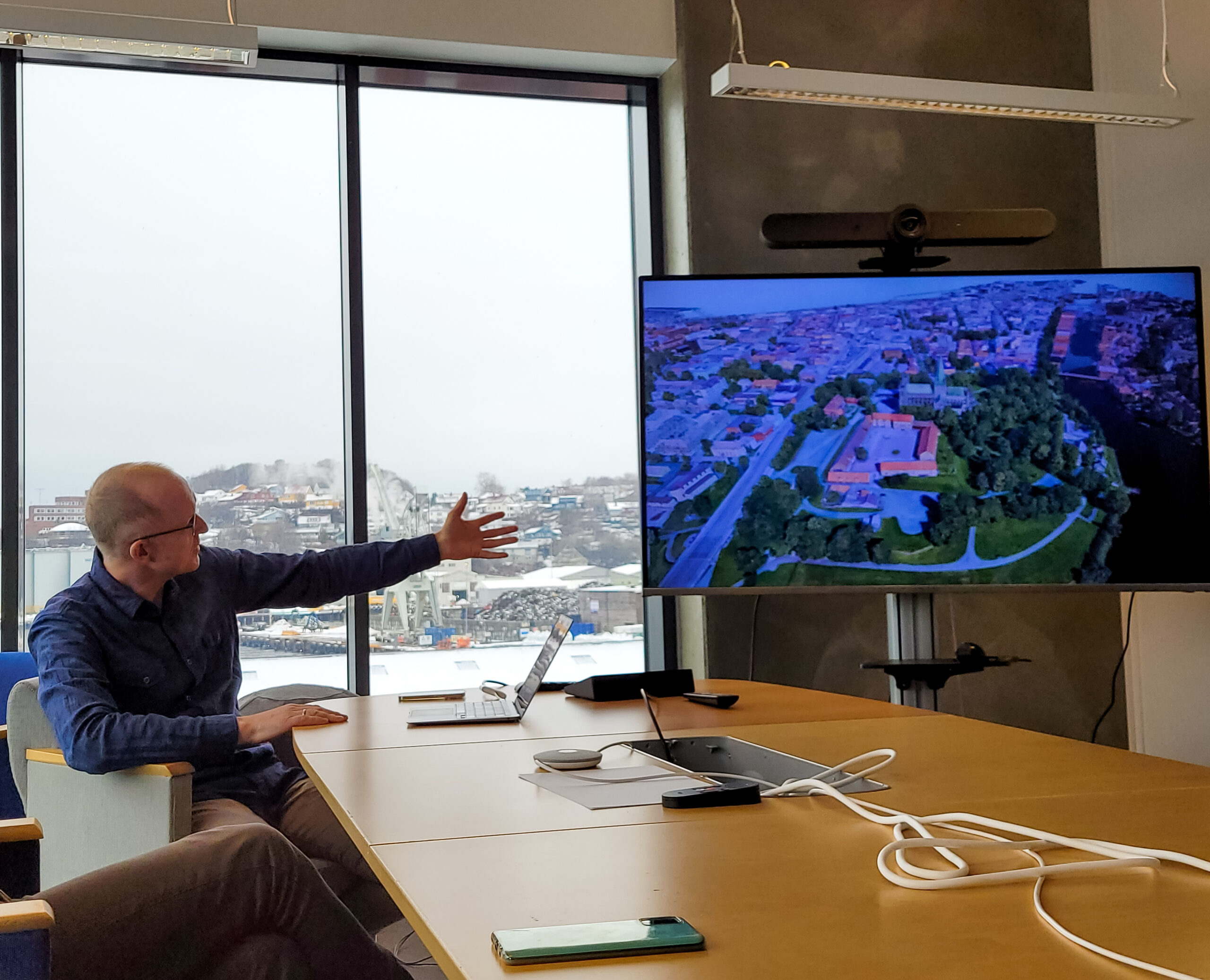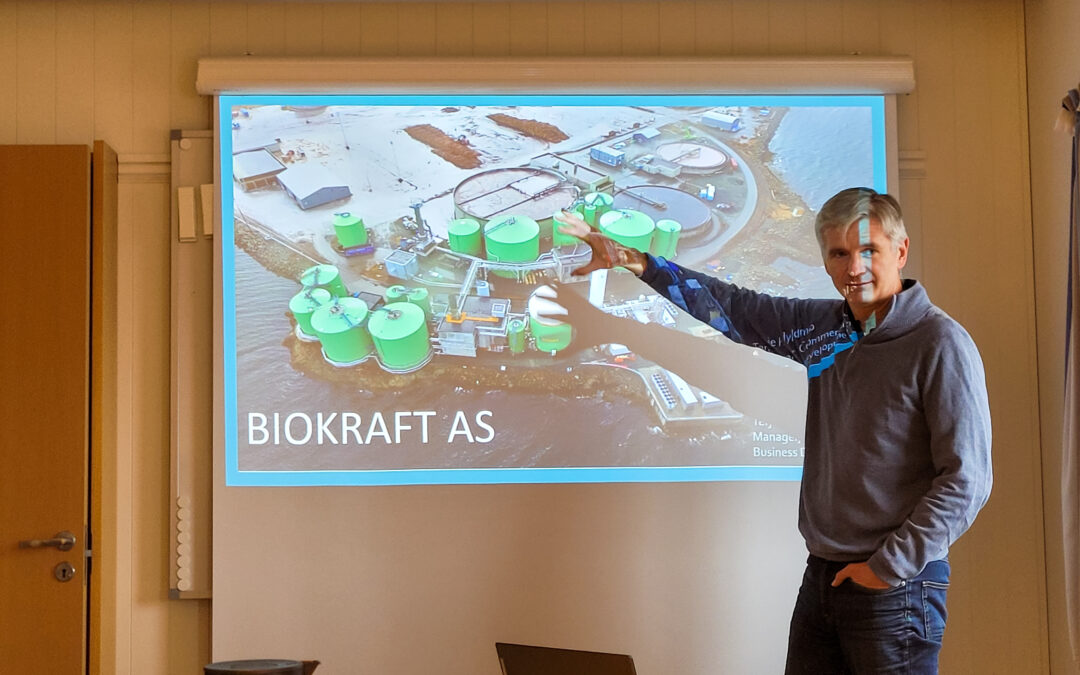The global LNG and bio-LNG energy landscape is changing. According to that and the coming Conference in June 2023, a study visit in Trondheim, Norway has taken place.
On the 23rd of March we visited Zeabuz which is a spin-off from the progressive research center for autonomous marine operations and system, at the Norwegian University of Science and Technology. Apart from that, enabling waterborne mobility with autonomy and AI has been discussed. Zeabuz presented more information about the world’s first fully autonomic ferry fitted with solar panel on the roof of the boat.
“Advanced technology includes not only special cameras underneath all of the corners and radar, but also dedicated control system which takes care of everything, even when the subject will suddenly appear on the following line.” says Erik Dyrkoren, CEO at Zeabuz,
Moreover, we also were able to explore Sintef – one of Europe’s largest independent research organisations. Scientist Torstein Aarseth Bo has explained the subject of Smart Maritime Seamap to green shipping, innovation dedicated to improving energy efficiency and reducing harmful emissions from ships. “It is important to add that there is many possible ways of using fossil fuels, natural gas like LNG or LPG, biofuels including biogas or bio-methanol and hydrogen fuels in the future,” he adds.
Elizabeth Lindstad, Sintef Oceans’ Chief Scientist has delineated the duties of the alternative fuels and energy use. Global decarbonization and the importance of three types of scenarios (what will/can/should happen) also has been discussed. “The priority up to 2050 should be not only using new renewable energy to replace coal fired electricity production to nearly decarbonize the electricity grid but also gradually electrifying road transport.” says Elizabeth Lindstad.
During 24tf of March the world’s largest production facility for liquid biogas fuel (LBG) has been seen. Biokraft Skogn, which we visited during our second day of study visit in Trondheim, contributes to reducing emissions of greenhouse gases and contributes to green business development. They convert the cleaned biogas from fishery waste and residual paper mill slurry into liquid fuel.
“Gas liquefaction which involves cooling gas to a temperature below its boiling point so that it can be stored and transported in its liquid phase” says Terje Hyldmo, Manager, Commercial & Business Development Biokraft AS.
In addition, the CCU and CCS process has been discussed. Carbon capture and utilization process is about capturing CO2 to be recycled for further usage. Carbon capture and storage is about spreading a relatively pure stream of carbon dioxide from industrial sources, treated and transported to a long-term storage location.
In conclusion, one thing to consider is making a difference. This is possible but it is necessary to change thinking way, approach and mentality. They are needed to make some changes in the future.






Recent Comments